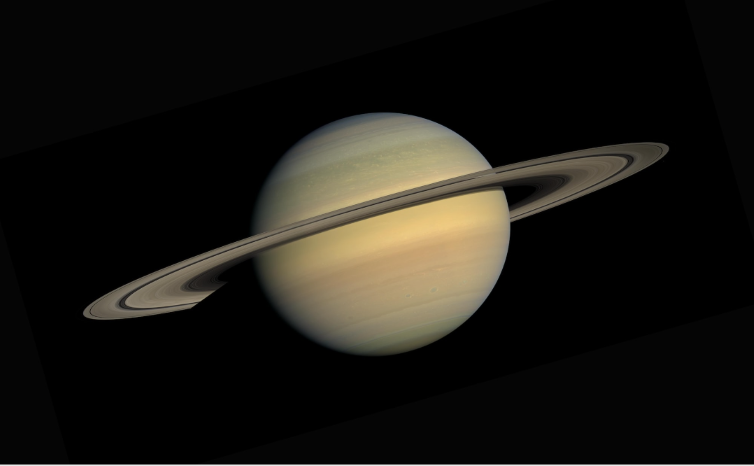Our planetary model – Scaling it down, part 2

In our previous blog we talked about the size of our planetary system and this story needs an ending, so the next planet is another giant of the solar system, Saturn.
In our model, it is almost twice as far from the Sun as Jupiter and is almost 33 meters away from it. This means that it is 72 meters away from the Sun.
Its largest moon Titan orbits at a distance of 6 cm, while the farthest known moon S/2000 S 1 is over one meter away from the planet – but its size is so small, that it can only be seen under a microscope.
The edge of Saturn’s famous ring is located at a distance of 5 cm from the planet.

As we approach the boundary of our planetary system, the desert that separates the planets progressively increases. At 225 meters from the central orange, the penultimate planet, Neptune, rotates gently. Its size is slightly less than 2.5 mm, while its largest satellite rotates at about 18 mm from it. It’s called Triton.
Pluto is almost 300 meters from the Sun. It is represented by a dot the size of 1/5 of the Earth’s sphere. At 1 millimeter from it is Pluto’s only satellite Charon.
We could say that this finally represents the limit of our system. It is one orange in the middle and one circle with a diameter of 600 meters.
But this does not necessarily mean the end of our solar system. Various comets also belong to it, many of which orbit our Sun. Some of them need a whole 800 years to make a single circle around the Sun.
The near end of their path to the Sun (perihelion) would be about 1 cm away from it, while the far end would be more than 4 times farther from Pluto, at some 1,300 meters.
If we calculate the dimensions of the solar system by those tail stars, then our model will grow to almost 3 kilometers in diameter and will cover an area of about 5.5 km2. And all this with the size of the Earth equal to the size of the head of a pin.
On those 5.5 km2, in the form of the Sun and the planets, with their moons, there is so much matter that it can fit into one marble a little larger than 2.2 cm in diameter.
And when it is known that practically 99% of the mass of the entire system is concentrated in the Sun, the feeling of our nothingness is even greater.
If we were to show the distance of the closest star to us, Proxima Centauri, on this scale, it would be over 2,000 kilometers away.
The most distant stars of the Godfather Straw in our model are far more than 23,000,000 km, which is almost 60 times the actual distance of the Moon from the Earth.
Want to read more about the universe? Visit our blog!

